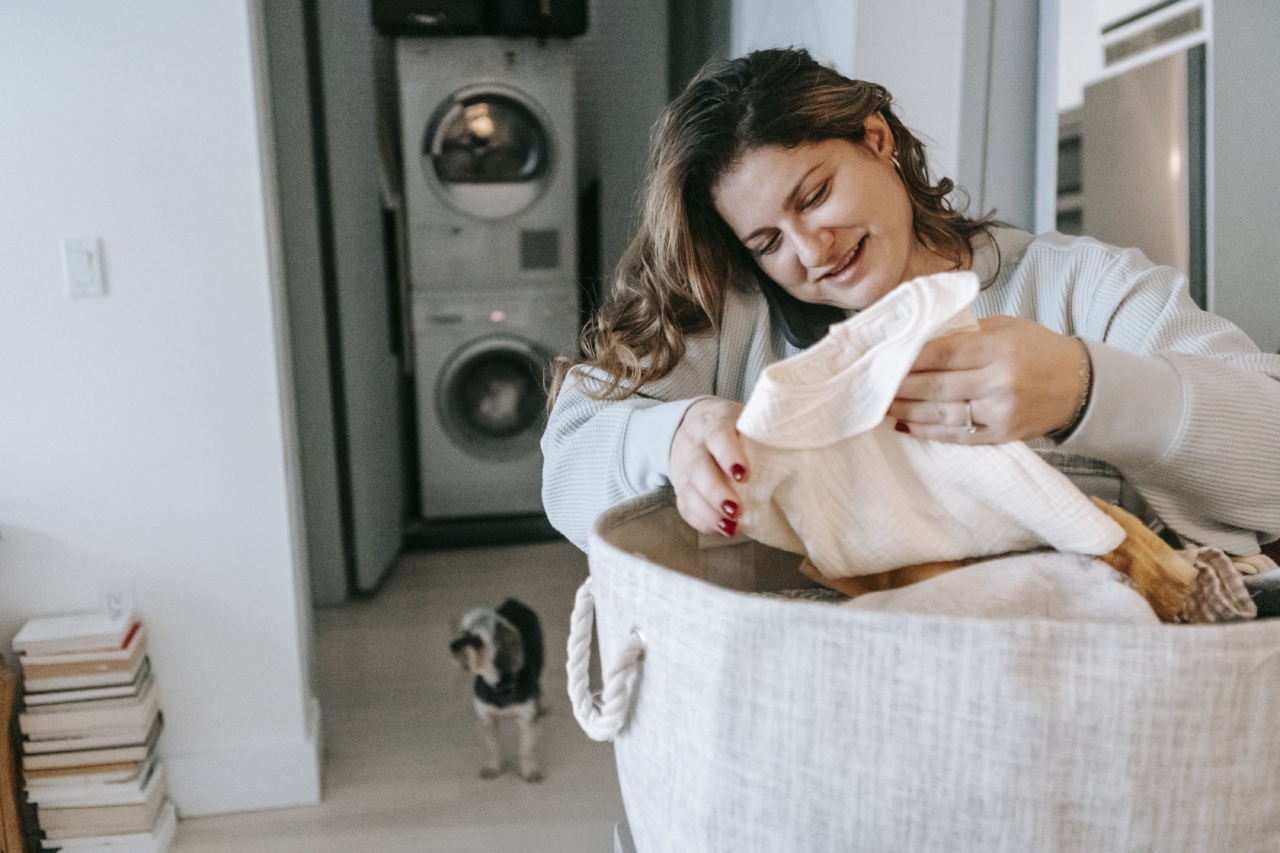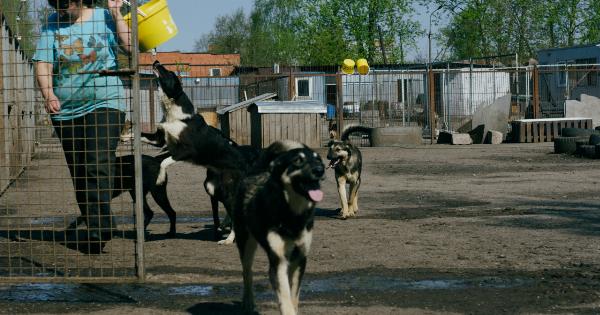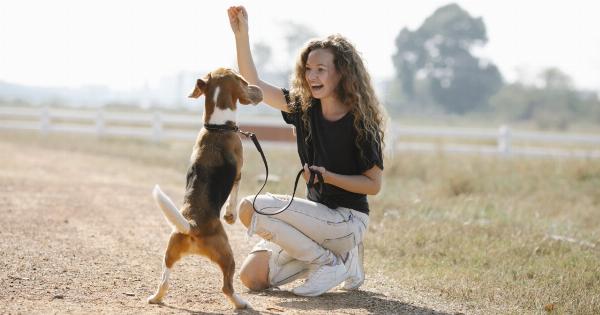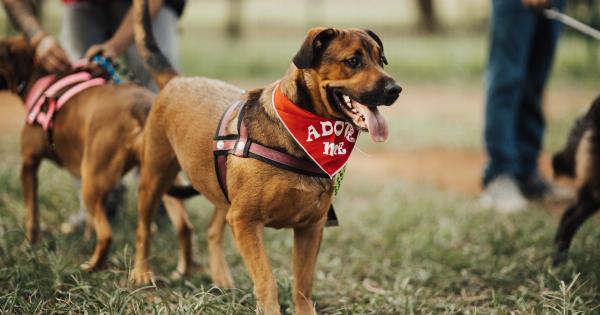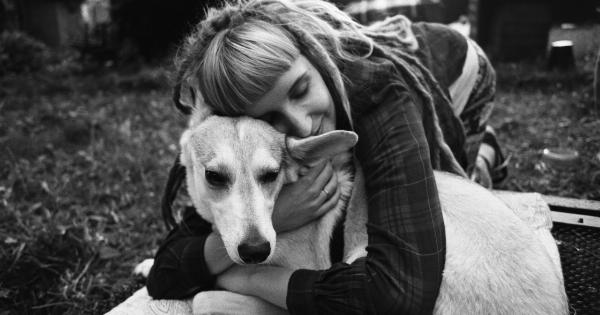As a responsible pet owner, it is crucial to understand your dog’s bathroom behavior. Whether you have a new puppy or an adult dog, their bathroom habits can provide valuable insights into their overall health and well-being.
By paying attention to their bathroom behavior, you can identify any potential issues and provide them with the care they need. In this article, we will discuss four important things you should know about understanding your dog’s bathroom behavior.
Differentiating normal and abnormal bathroom behavior
Every dog has its own unique bathroom habits, but there are some general patterns you can observe to differentiate between normal and abnormal behavior.
Normal bathroom behavior includes predictable routines, consistency in the frequency of bathroom breaks, and well-formed stools or urine without any signs of discomfort. Abnormal behavior, on the other hand, may involve frequent accidents indoors, changes in bathroom frequency, straining, blood in urine or feces, or signs of pain during elimination.
Understanding these differences can help you identify potential problems and seek timely veterinary care if needed.
The importance of establishing a routine
Establishing a consistent bathroom routine is essential for dogs of all ages. Dogs thrive on routine and predictability, and having a set schedule for bathroom breaks can prevent accidents and promote good habits.
Puppies, in particular, require more frequent bathroom breaks due to their smaller bladder capacity. It is recommended to take your puppy outside immediately after waking up, after meals, and before bedtime. Adult dogs can generally follow a routine that includes regular morning, afternoon, and evening bathroom breaks.
By sticking to a routine, you can reinforce good behavior and prevent common issues such as indoor accidents or anxiety associated with holding urine or feces for prolonged periods.
Reading your dog’s body language
Dogs communicate through their body language, and their bathroom behavior is no exception. By understanding your dog’s body language cues, you can anticipate their bathroom needs and ensure a comfortable and stress-free experience.
Some common signs indicating your dog needs to relieve themselves include restlessness, sniffing or circling a particular spot, whining, scratching at the door, or suddenly getting up from a relaxed position. Paying attention to these cues can help you avoid accidents and provide timely opportunities for your dog to eliminate.
The impact of diet on bathroom behavior
The diet you provide for your dog plays a significant role in their bathroom behavior. A balanced and nutritious diet can promote healthy digestion and result in well-formed stools.
On the other hand, poor-quality or inappropriate diets can lead to digestive issues, loose stools, and increased frequency of bowel movements. It is essential to feed your dog a high-quality, species-appropriate diet that meets their nutritional needs. Additionally, sudden changes in diet should be avoided, as they can cause digestive upsets.
If you notice any drastic changes in your dog’s bathroom behavior after a diet change, consult with your veterinarian to determine if a dietary adjustment is necessary.
Providing appropriate bathroom areas
Creating appropriate bathroom areas for your dog is crucial, especially if you live in an apartment or have limited outdoor space. For puppies or dogs in training, using puppy pads or litter boxes indoors can be helpful.
However, it is important to transition them to go outside as they grow older. Designating a specific area in your backyard or taking them for regular walks can ensure they understand that outside is the preferred bathroom spot.
Providing easy access to these areas and consistently reinforcing the behavior with rewards will help establish good habits.
Identifying potential health issues
Your dog’s bathroom behavior can provide valuable insights into their health. Paying attention to any changes in their bathroom routine or habits can help you identify potential health issues early on.
For example, frequent urination or increased water intake may indicate a urinary tract infection or diabetes. Similarly, changes in the color, consistency, or odor of stools can be a sign of gastrointestinal issues or dietary problems.
If you notice any concerning changes in your dog’s bathroom behavior that persist or worsen, it is essential to consult with your veterinarian for a thorough examination and appropriate diagnosis.
Maintaining proper hygiene and cleanliness
Proper hygiene and cleanliness are crucial when it comes to your dog’s bathroom behavior. Always clean up after your dog immediately and dispose of waste properly to prevent contamination and the spread of diseases.
Regularly cleaning and sanitizing the designated bathroom areas both indoors and outdoors is also necessary to maintain a healthy environment for your pet. Additionally, it is important to groom your dog regularly, paying special attention to their hind end, to prevent fecal matting or discomfort associated with poor hygiene.
Training and positive reinforcement
Training and positive reinforcement play a vital role in establishing appropriate bathroom behavior in dogs.
Whether you have a new puppy or an adult dog with behavioral issues, consistent training methods can help shape their behavior and reinforce desired habits. Positive reinforcement techniques, such as praising and rewarding your dog for eliminating in the appropriate area, can help them understand what is expected of them.
Avoid punishment-based methods, as they can create fear or anxiety, which may lead to further bathroom problems.
Understanding age-related bathroom behavior
It is important to remember that your dog’s bathroom behavior may change as they age.
Puppies require more frequent bathroom breaks due to their developing bladder control, while older dogs may experience age-related issues such as decreased bladder capacity or mobility problems. Adjusting their bathroom routine and providing extra support, such as additional bathroom breaks or accessible pathways to outdoor areas, can help accommodate their changing needs.
Consulting with your veterinarian can provide you with specific guidance based on your dog’s age, breed, and health condition.
Conclusion
Understanding your dog’s bathroom behavior is essential for maintaining their health and well-being.
By differentiating between normal and abnormal behavior, establishing a routine, reading your dog’s body language, considering the impact of diet, providing appropriate bathroom areas, identifying potential health issues, maintaining proper hygiene, and utilizing training and positive reinforcement methods, you can ensure your dog’s bathroom habits are both consistent and healthy. Remember, regular veterinary check-ups and open communication with your veterinarian will further support your efforts in understanding and addressing your dog’s bathroom behavior.
